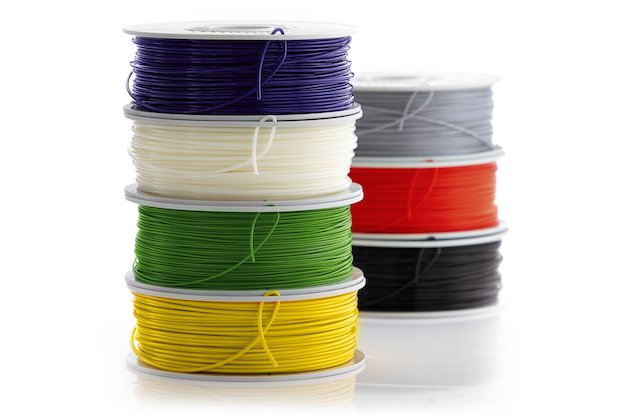How to Make the Most of the New Age 3D Printing Materials

Developing 3D prints and selecting printing materials go hand-in-hand. Material selection influences the type of 3D printing that you may avail naturally. A designer finds it complex to make an informed decision when he is overwhelmed by a series of 3D printing materials to choose from. This article is meant to give you a detailed account of the materials used for 3D printing that are easily available in the market.
Know the 3D Printing Materials in Details
- Thermosets
Thermosets don’t get melted like the thermoplastics. The manufacturers of materials for 3D printing consider thermosets to be a kind of viscous fluid that is cured as well as solidified after being exposed to UV rays. You can't melt thermosets once they are solidified. Once you expose them to high temperatures, their structural integrity is lost.
Applications that need an aesthetic sense are most suitable for thermosets. Parts that are the outcomes of such material options depict fine detailing and surfaces resembling a uniformly injected area. Few unique resins are developed for unique engineering applications and dental implants.
- Thermoplastics
Melting and solidifying Thermoplastics is possible while holding back its original properties. A malleable state is acquired by Solid Thermoplastics once it gets heated before it is extruded onto a workable platform. The conventional procedures of injection molding alongside SLS and FDM printing utilize thermoplastics.
Numerous functional applications are served by Thermoplastics. Chemical resistance, abrasion, and influence are a bit high in the Thermoplastics alongside their mechanical properties. For several industrial applications, ASA, PEI, Nylon and every noticeable thermoplastic are frequently utilized for developing the end-use parts.
These thermoplastics have a few things to render support to 3D printing and are utilized by printing materials suppliers frequently. In comparison with the FDM parts, the mechanical properties and dimensional accuracy are improved in the SLS parts.
- Polymer Composites
Thermosets and thermoplastic polymers are teamed up with few durable materials for incorporating unique features or enriching the mechanical properties. For instance, SLS powder can be infused with graphite, aluminum, glass, and carbon particles for extending the thermal resistance, stiffness, wear, and mechanical performance.
The FDM process assists in developing composite parts that are combined with glass fiber or continuous carbon fibers. What you achieve are plastic components that maintain an identical proportion of strength to weight with metals.
Manufacturers of Materials for 3D Printing Also Offer Metal Printing
Metallic powders help in creating metal printing parts that bear the load, remain functional, and are of pretty high quality. The 3D printed parts have some excellent mechanical properties and are even meant to match a variety of environmental setups. Materials for 3D printing are equipped with freeform capabilities that suit most lightweight applications.
These applications are frequently used in the medical and aerospace industries. The tolerance levels are much higher and the mechanical properties are richer in SLM and DMLS parts as compared to binder jetting.
A wide network of suppliers is there to provide for 3D printing materials, but the applications served by many of their materials are pretty limited. Sandstone and ceramics are among the options that you may check out in full color. They may serve a particular application and possess inferior mechanical properties.